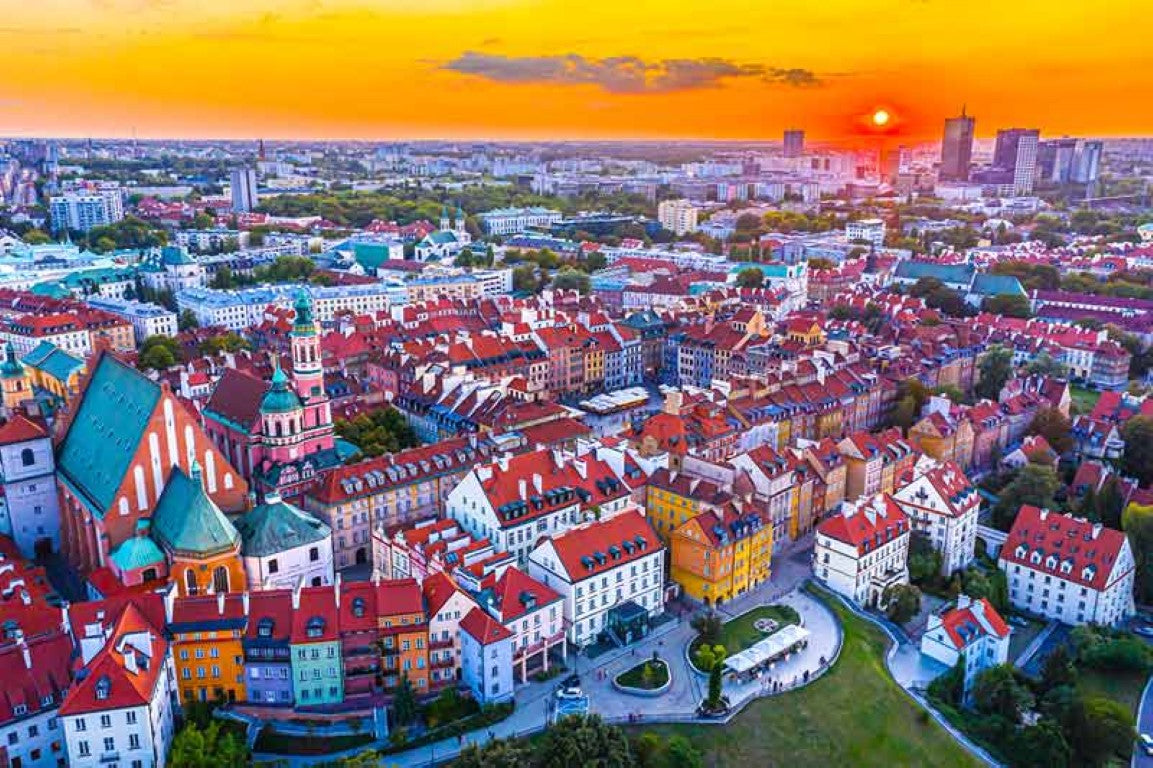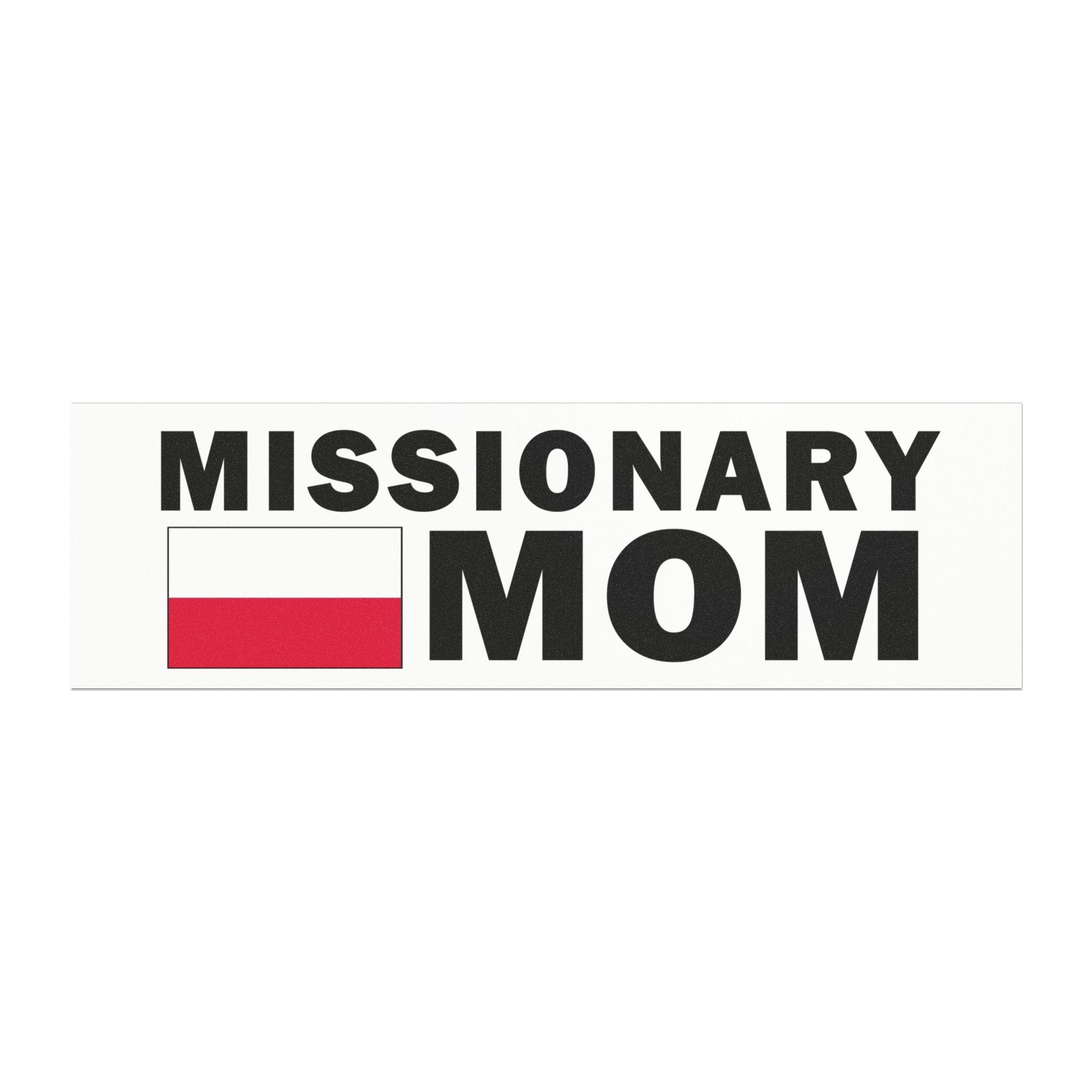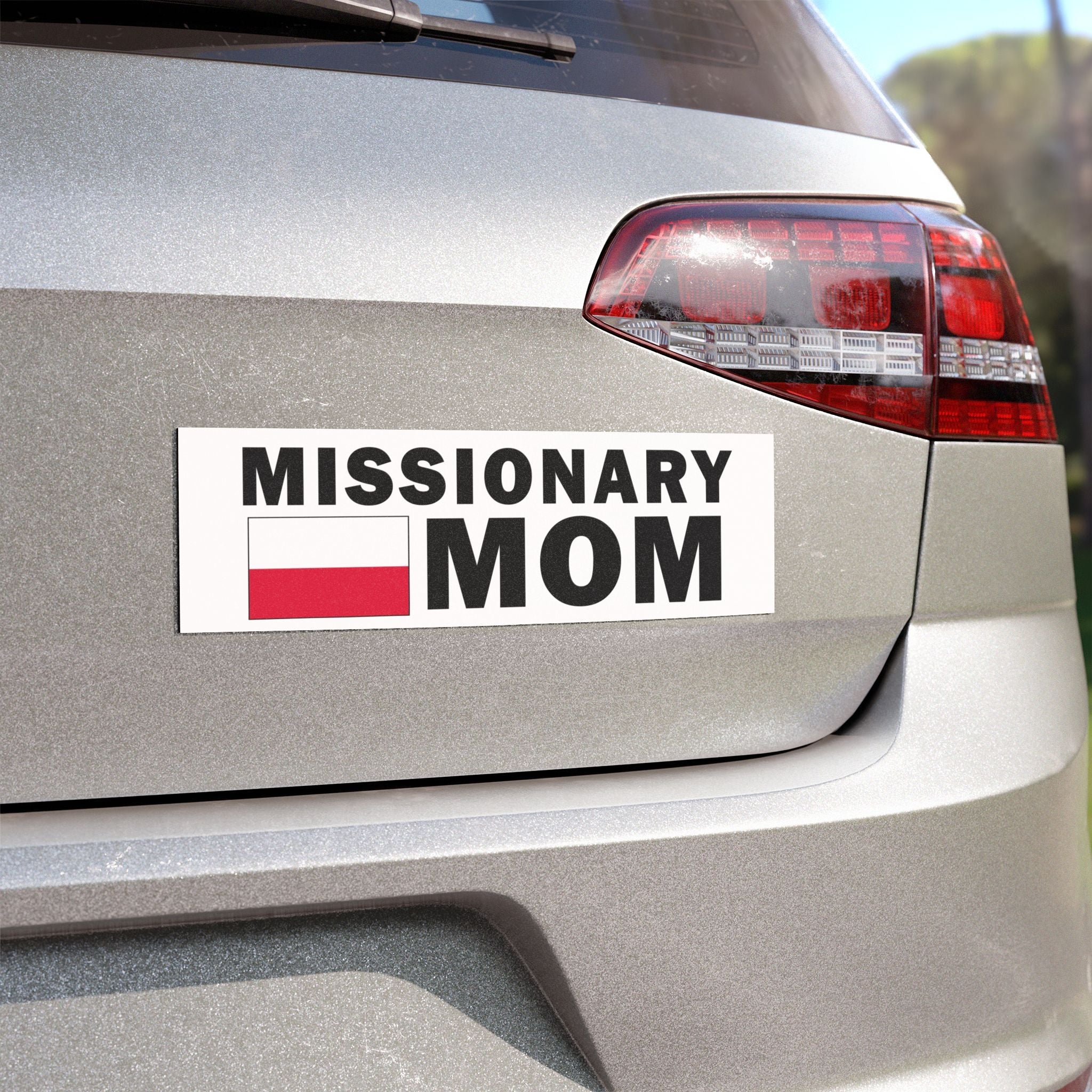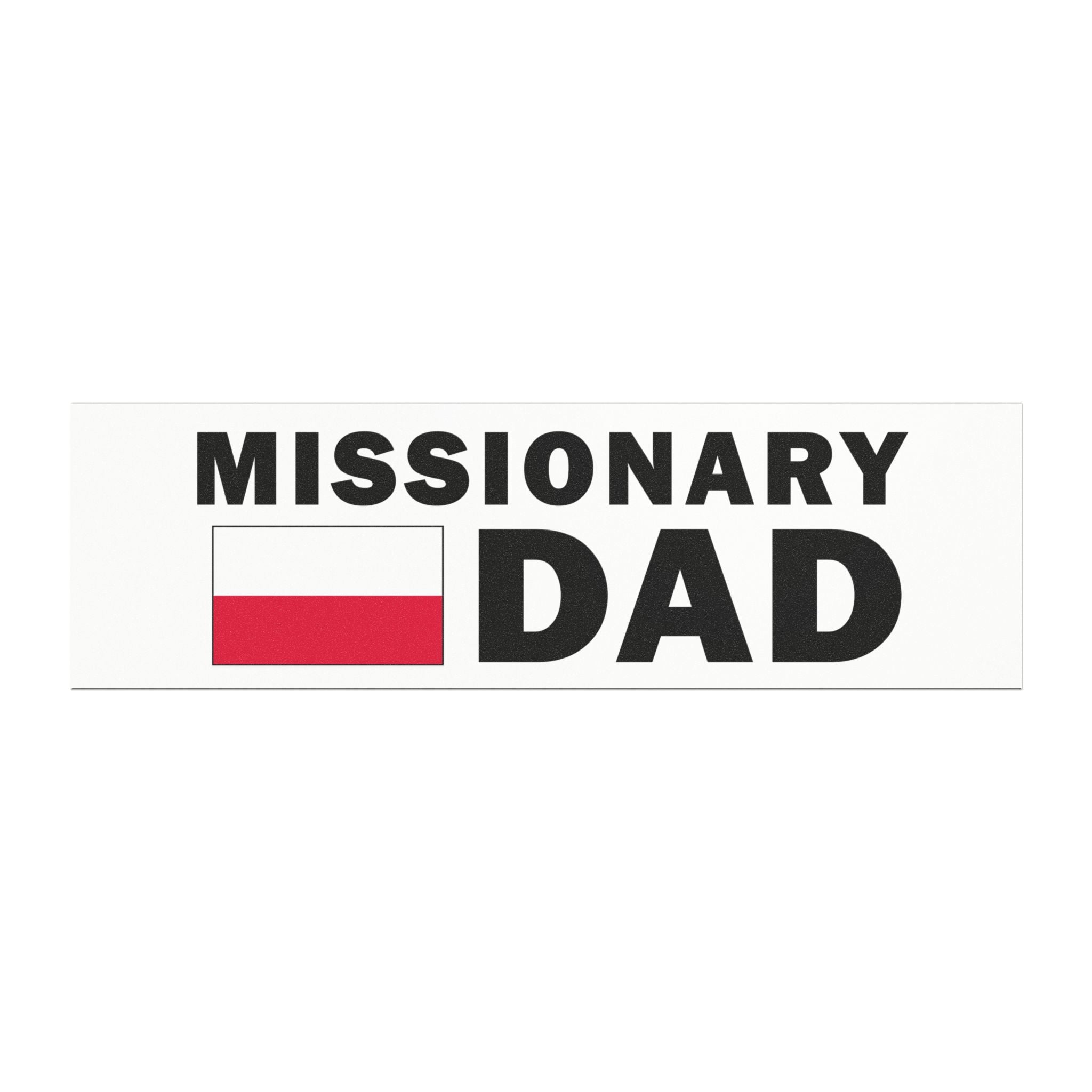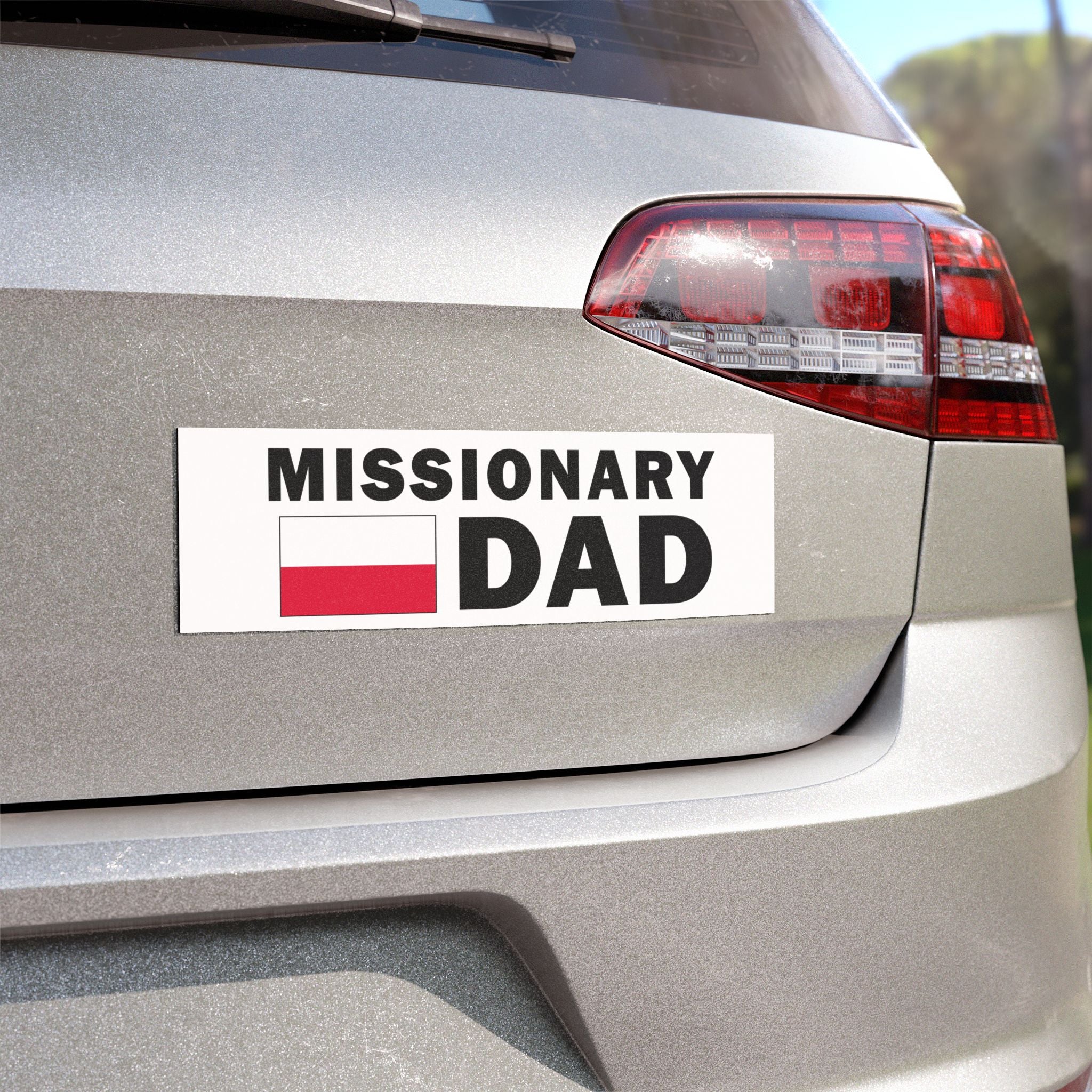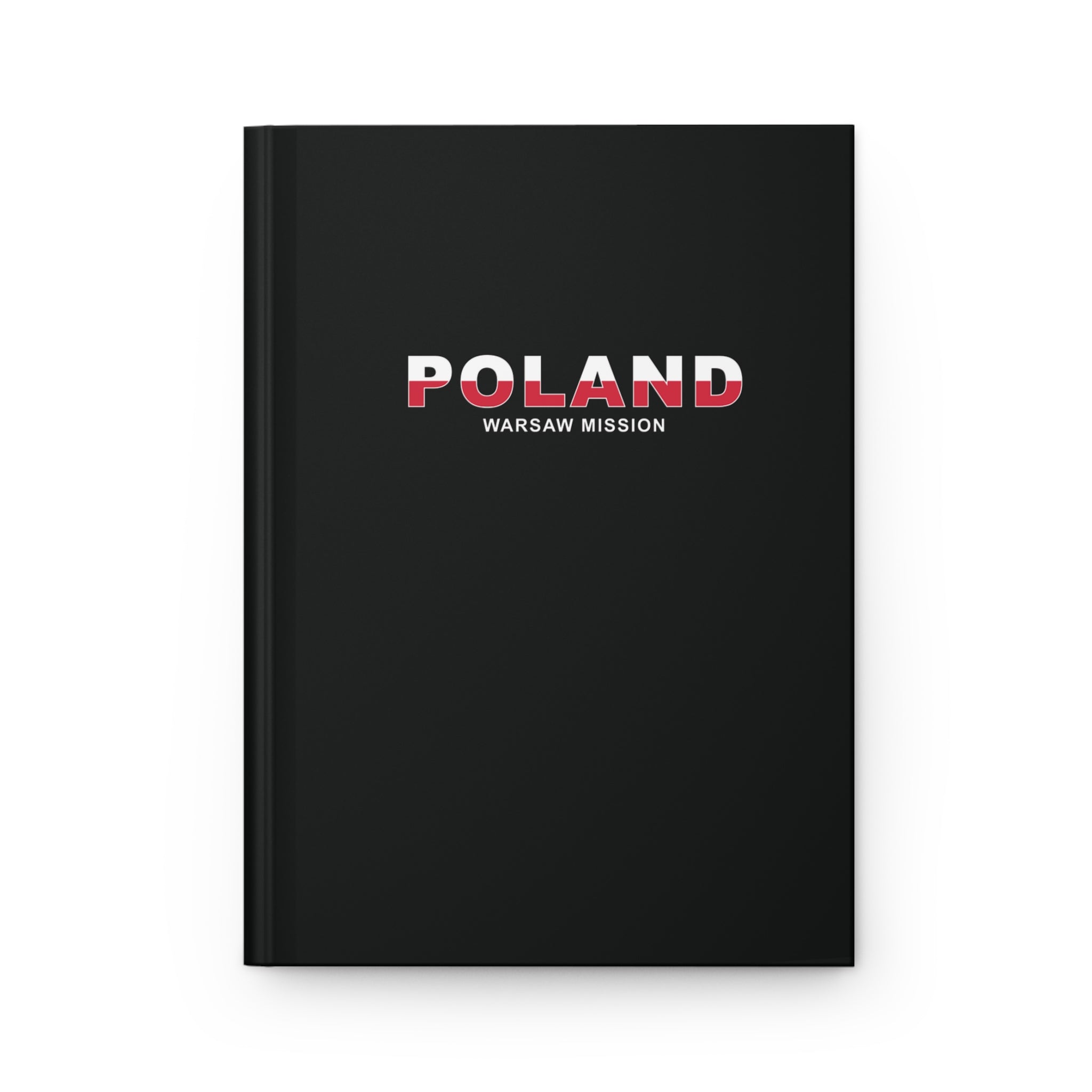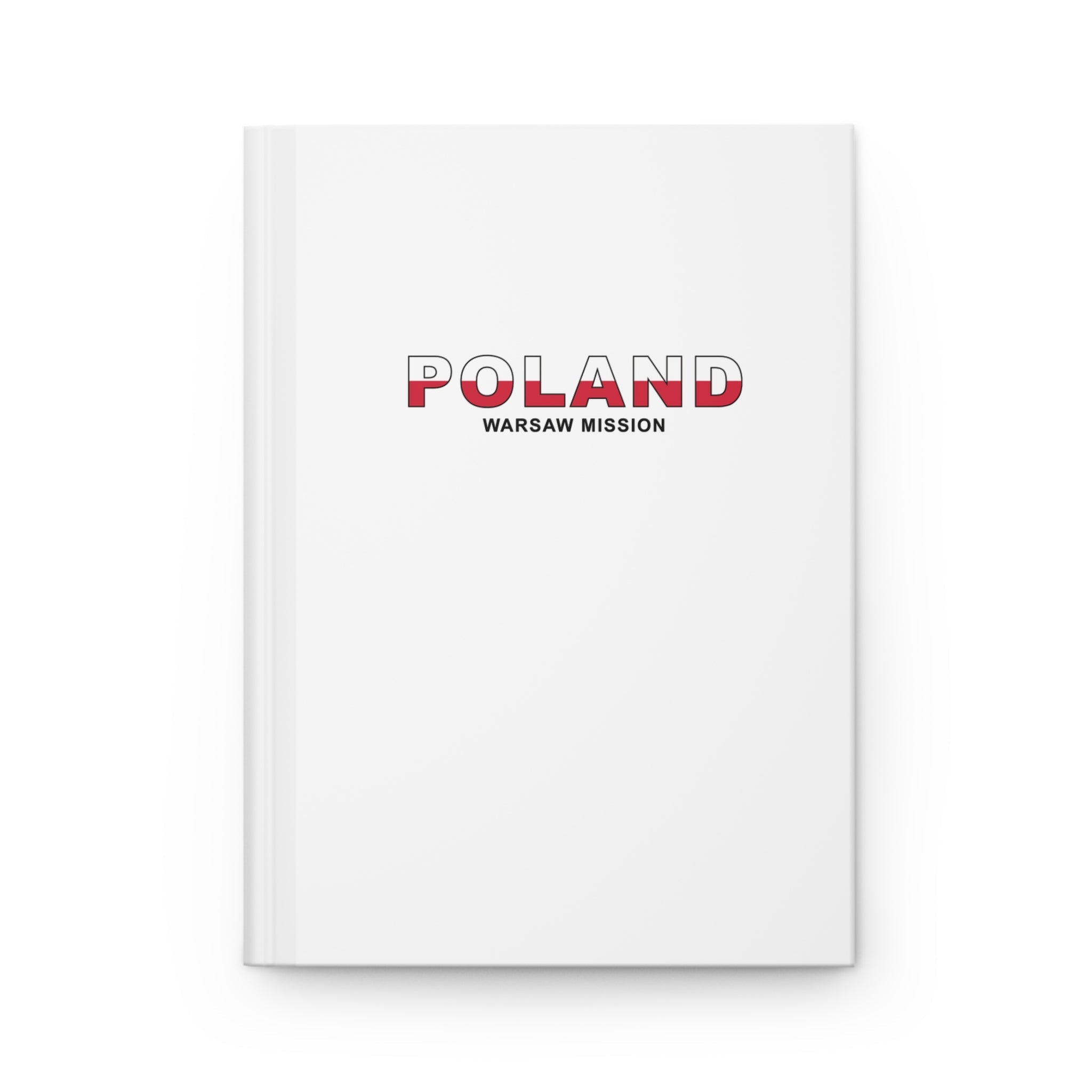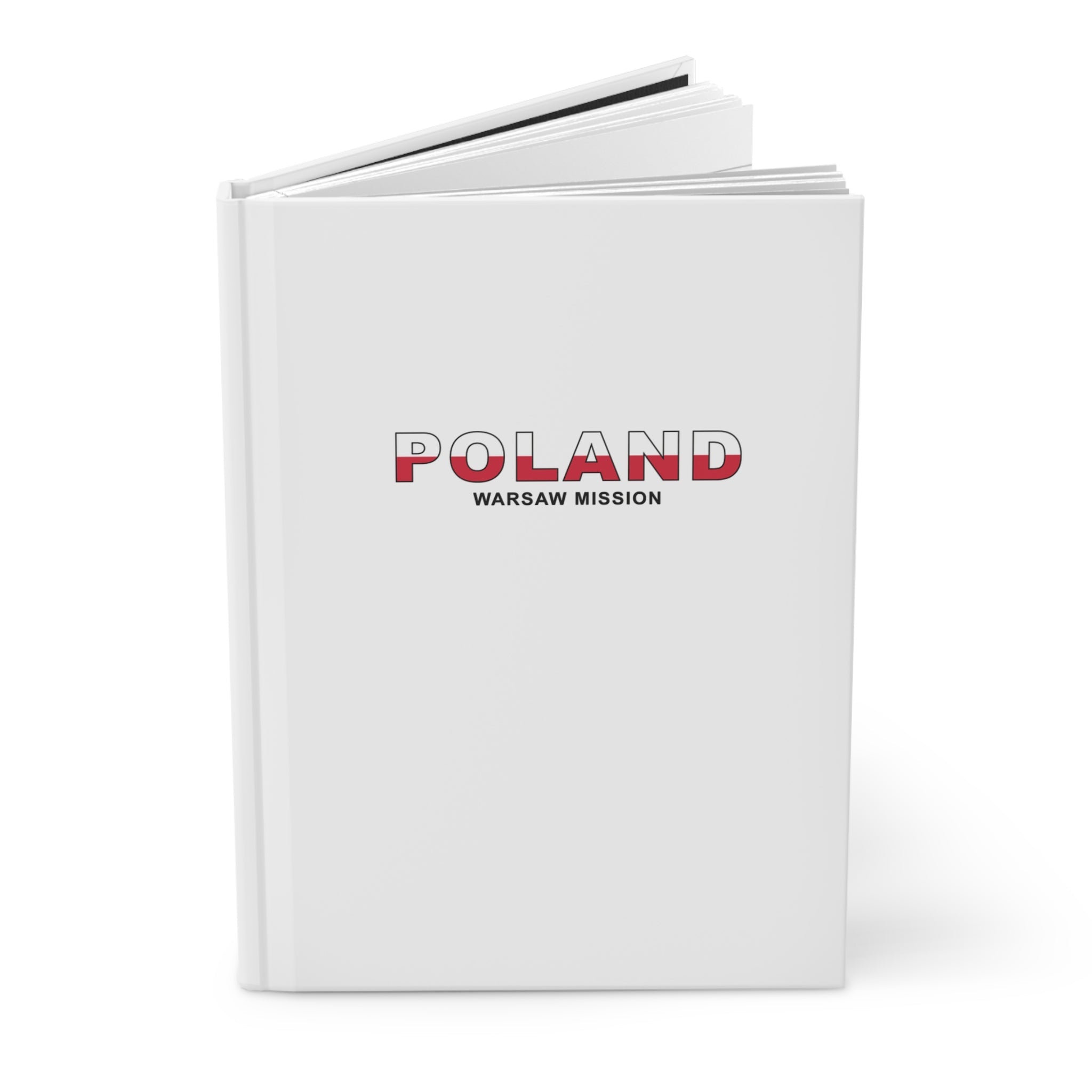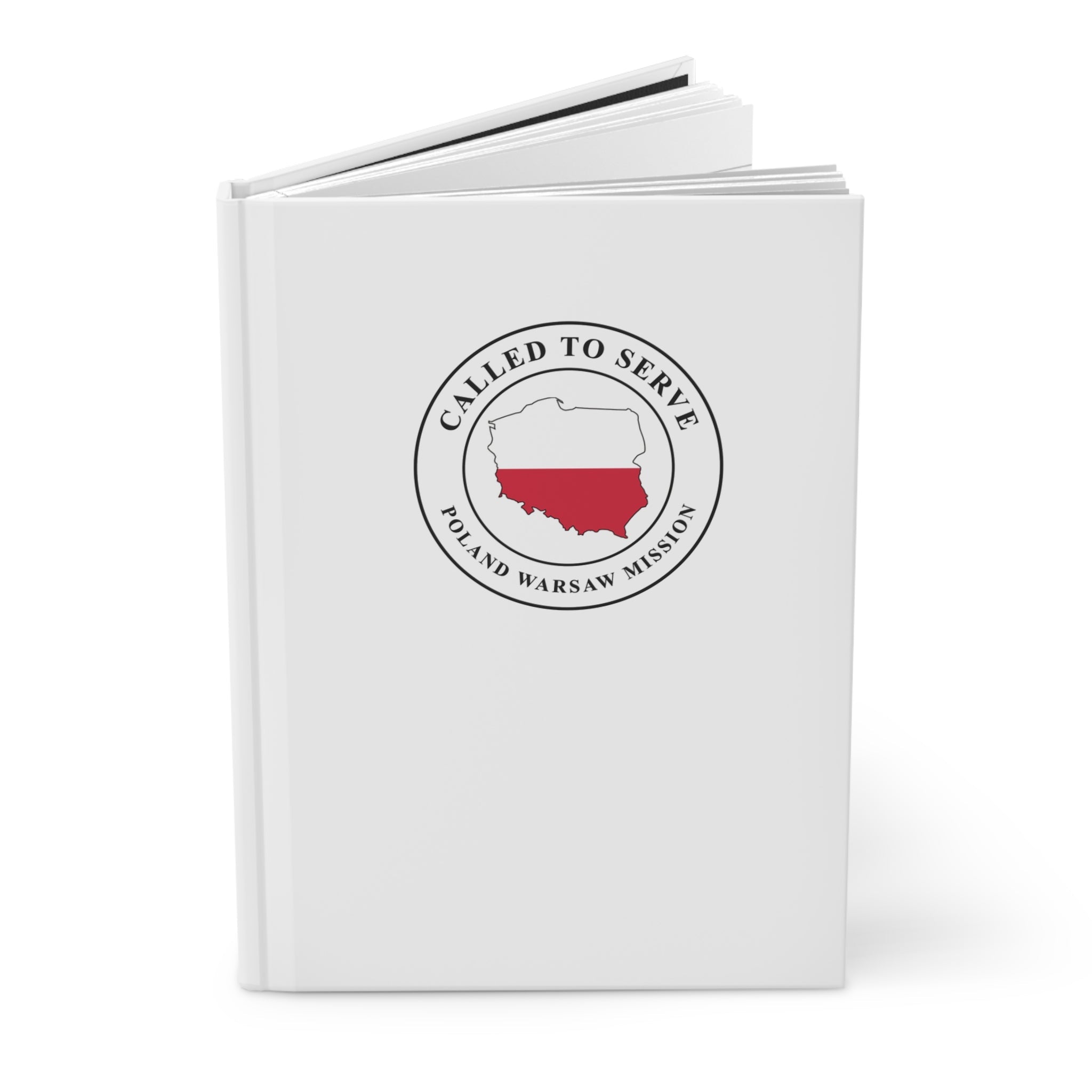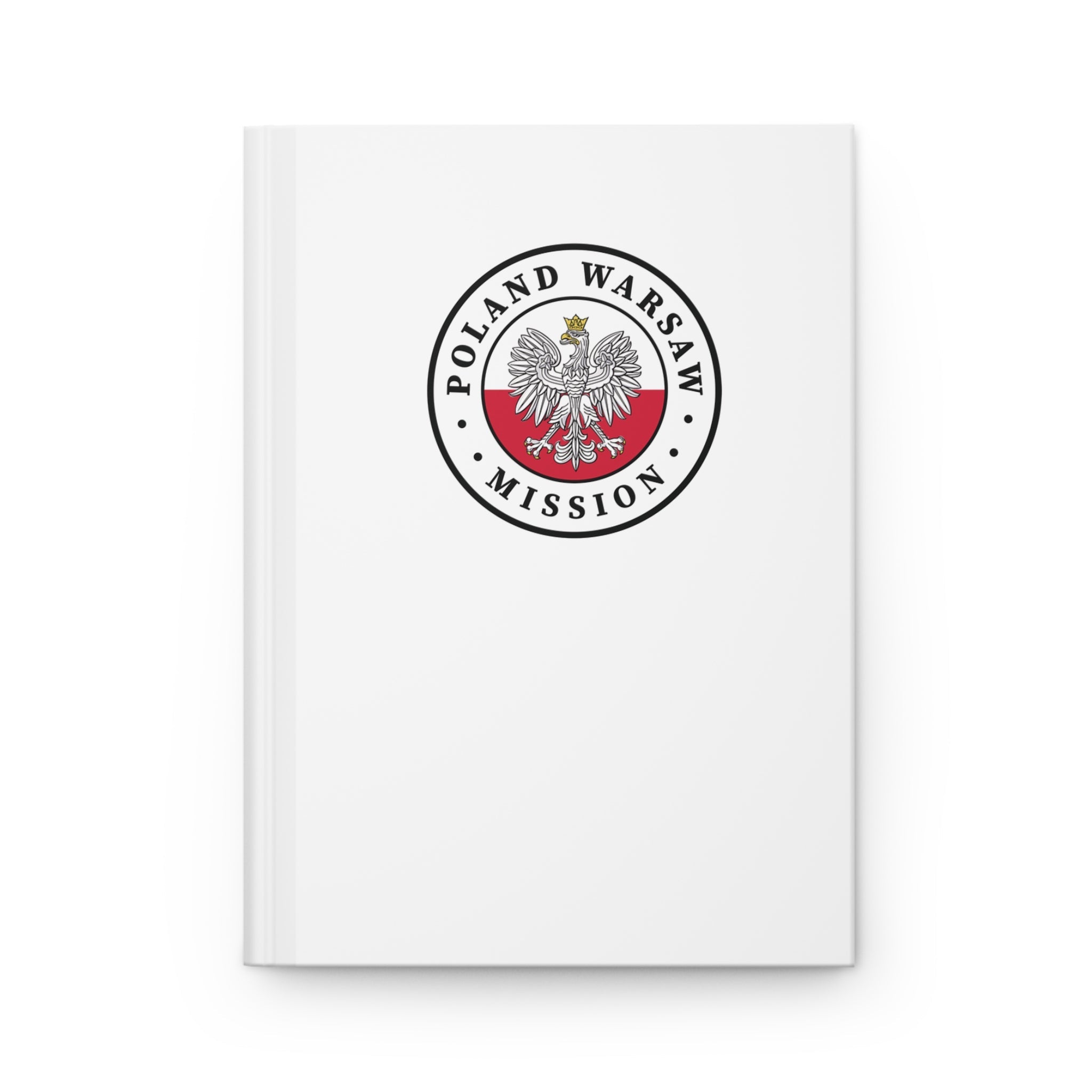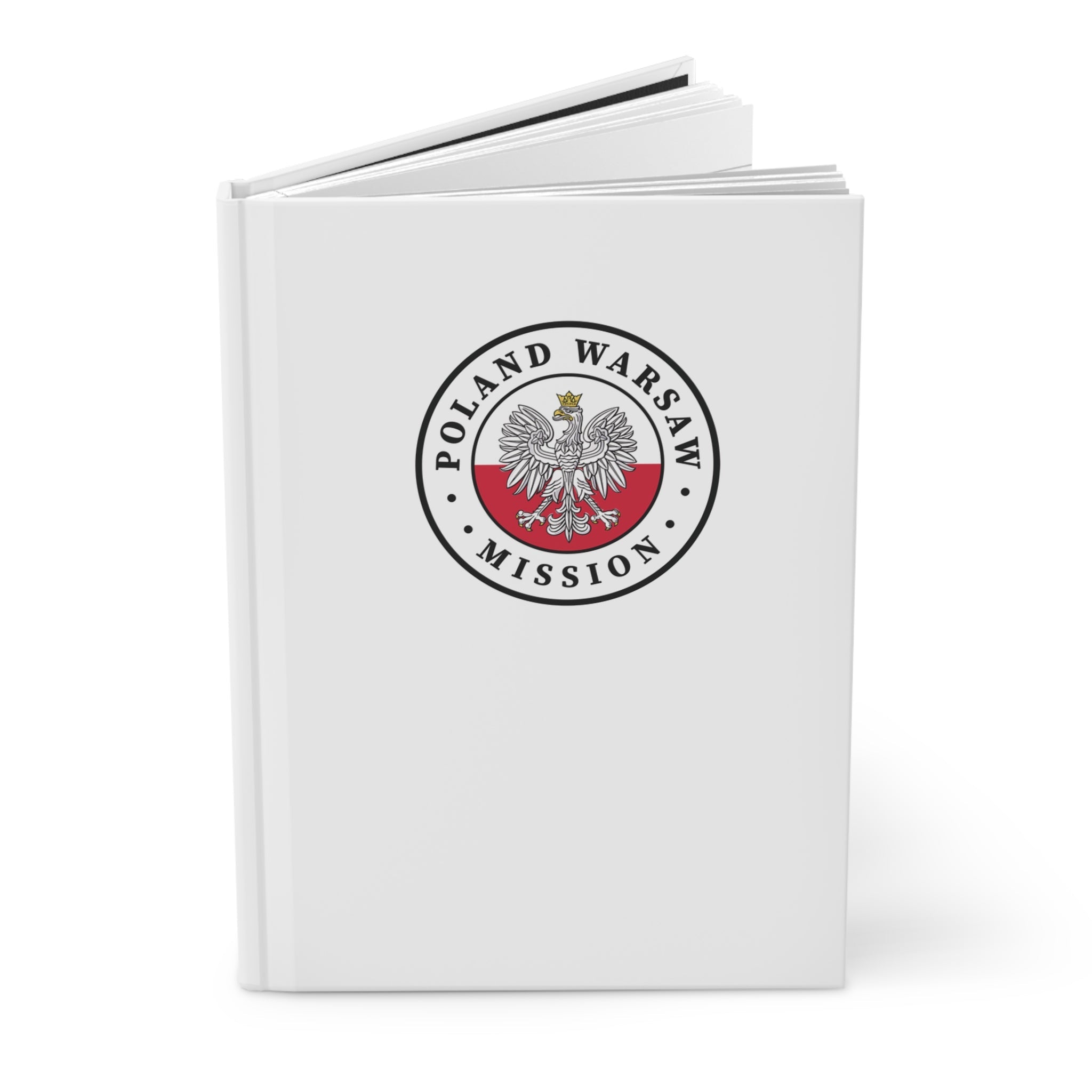Beginning in the late 19th century, missionaries from the Swiss-German Mission began preaching the gospel in the territory of modern Poland. These early efforts led to nearly 2,500 converts and the establishment of a district with several branches in an area that was part of the German Empire. In the early 1920s, another branch in the small town of Selbongen (later Zełwągi) was established.
Toward the end of World War II when Soviet troops advanced into Poland, many branches were closed as members fled to Germany. The members of the Zełwągi Branch, however, continued to work together to live the gospel and maintain a presence in the country. The branch functioned as a Church center in the country, even when restrictions on communication and travel limited contact with the broader Church. In the 1960s and 1970s, the Church was officially recognized by the Polish government and began to establish branches in other places.
Despite being at the center of many of the most difficult geopolitical events of the 20th century, the faithful Polish Saints persevered through faith and prayer, championing the gospel cause (see Ephesians 6:18). Since the 1980s, the Church in Poland has grown slowly but steadily. In 1990, the Poland Warsaw Mission was established, and in 2016, Mateusz Turek, a native of Poland, and his wife, Adrienne, were called to preside over the mission.
